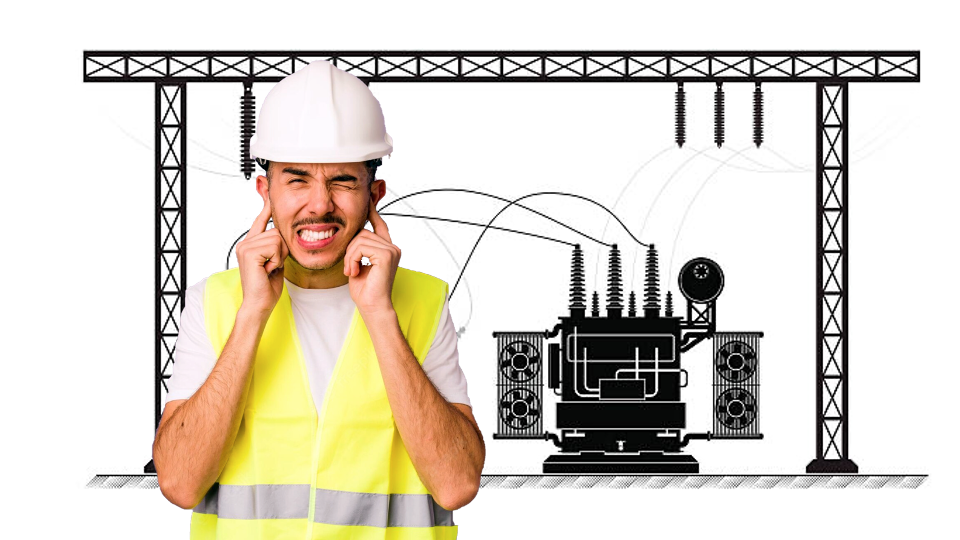The Leverage Effect: Exploring Impact FRF and Virtual Point Transformation (VPA)
In the world of engineering and product design, accurately predicting and mitigating noise, vibration, and harshness (NVH) issues is critical. Two powerful tools that engineers use to address these challenges are Impact Frequency Response Function (FRF) and Virtual Point Transformation (VPA).
Understanding NVH Prediction: The Role of Modal Analysis in the Automotive Industry
NVH (noise, vibration, and harshness) prediction is a critical process in the automotive industry to ensure customer satisfaction, safety, and compliance with regulatory requirements.
Modal Analysis for NVH Prediction: The Role of Testing and Simulation
NVH (noise, vibration, and harshness) prediction is a critical process in the automotive industry to ensure customer satisfaction, safety, and compliance with regulatory requirements. Modal analysis is a popular technique used for NVH prediction, involving both testing and simulation. The goal of modal analysis is to measure the natural frequencies, damping ratios, and mode shapes of a structure, which can be used to identify the sources of noise and vibration and make improvements to the design. While modal analysis offers several benefits, such as cost savings and faster time to market, there are also some challenges associated with the technique, including complexity and cost. In this article, we will explore modal analysis for NVH prediction, its benefits, and its challenges.
Reducing Aircraft Noise with Innovative Performance-Enhancing Tools
Aircraft manufacturers are facing stricter regulations for aircraft emissions, including environmental noise, and increased pressure to improve cabin acoustic comfort. Vertical take-off and landing (VTOL) vehicles, currently being developed to enable urban air mobility (UAM), must also be optimized to minimize noise pollution in densely populated areas. This challenges engineering teams to efficiently troubleshoot noise issues and develop quieter aircraft designs without compromising weight and performance objectives. Simcenter™ software and hardware offer a complete solution for detailed acoustic testing and sound engineering. The solution features a number of technological advancements that help engineers perform acoustic measurements more efficiently for both exterior and interior noise.
The Importance of Shock and Vibration Compliance Tests in Product Design
Shock and Vibration Compliance Testing is an essential part of product development for manufacturers across various industries. These tests ensure that products can withstand environmental stressors and meet necessary compliance standards, providing peace of mind to manufacturers and customers alike. At our ISO 17025 accredited laboratory SAC Singlas, our experienced team of engineers uses the latest testing equipment to conduct these tests efficiently and effectively. By partnering with us for your testing needs, you can ensure that your products meet compliance standards, are reliable, safe, and meet customer expectations.
What Causes The Transformer Humming?
Transformer noise is caused by a phenomenon called magnetostriction. In very simple terms this means that if a piece of magnetic sheet steel is magnetized it will extend itself. When the magnetization is taken away. It goes back to its original condition. A transformer is magnetically excited by an alternating voltage and current so that it becomes extended and contracted twice during a full cycle of magnetization.





